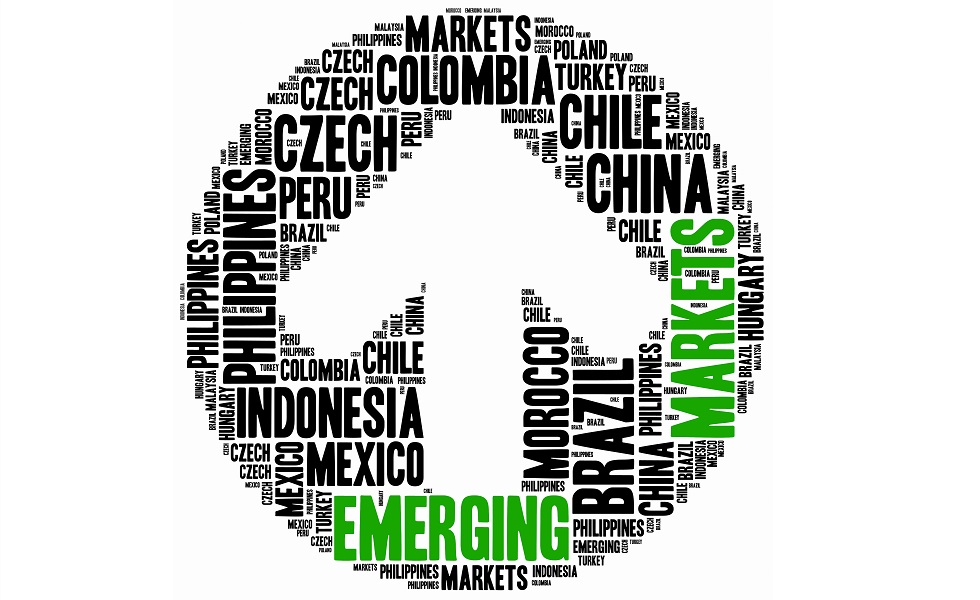MUFG: What stagflation risks could signal for emerging markets

Apprehensions of stagflation – portmanteau of stagnant economic growth, high unemployment and high inflation – have re-emerged in the US following higher-than-expected inflation readings, lower-than-expected activity prints and a weakening jobs market.
Such stagflation scares have marked reverberations on investors’ perceptions of EM risk. On the downside, sticky inflation coupled with a more hawkish Fed could drive a strong US dollar, hampering EM trade and financial channels as well as capital outflows.
Meanwhile on the upside, such challenges may be mitigated by higher commodity prices and strong idiosyncratic cyclical dimensions in EMs – particularly those that comprise one of the three 'S’s', namely, 'strong' fundamentals, 'structural' narratives and 'sizable' risk premiums, as we catalogued in our 2024 EM outlook. Should stagflationary risks deepen, we recommend macro stabilisation markets (Brazil, Mexico, Poland and Turkey) and structural growth narratives (GCC region, India and Indonesia).
FX views
EM FX closed out their strongest weekly gains of 2024 last week as traders piled into riskier assets on bets the Fed will cut rates as early as September. The rally, though, is on delicate footing until the market envisages an improvement in inflation data. Indeed, central banks in the EM space are likely to remain cautious given the terminal rate and not the length of the cycle, is top of mind. Reinforcing this view, the South Korean Won (KRW) leaped the most among EM FX after the Bank of Korea stated policymakers will reconsider the timing of rate cuts amid faster-than-expected growth and currency weakness.
Week in review
Czech Republic cut rates by 50bp to 5.25% but signalled a higher interest rate trajectory than previously assumed. Inflation in Turkey rose to 69.8% y/y in April with this week’s CBRT inflation report in focus on what’s in store for anticipated price expectations for the rest of this year. Flash Q1 2024 GDP readings in Hungary and the Czech Republic pointed to a rebound in economic activity. Finally, Fitch Ratings upgraded Turkey from B to B+ (positive) citing effective policymaking since the pivot in June 2023.
Week ahead
In the coming week, we have a rate decision in Poland (MUFG and consensus on hold at 5.75%). Inflation readings for the month of April in Hungary (MUFG 3.8% y/y; consensus 3.7% y/y) and Egypt (MUFG 30.8% y/y). Finally, the Central Bank of Turkey will released its second quarterly inflation report for 2024.
Forecasts at a glance
Growth across the EM universe is set to stabilise as domestic fundamentals offset external drags, with some rotation from the largest to smaller EMs. Inflation and interest rates are both “over the hump” – disinflation is progressing, and the decline in rates will continue and broaden in 2024.
Core indicators
The latest weekly IIF flow data signalled that EM securities attracted USD1.2bn of inflows – driven by USD2.9bn in equities which more than offset USD1.7bn of debt outflows.







